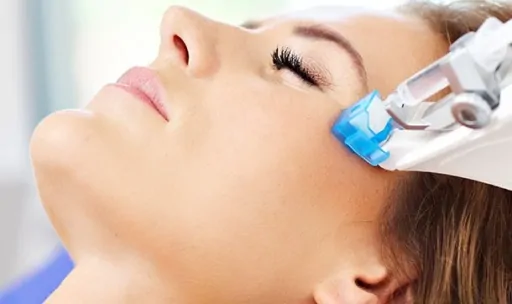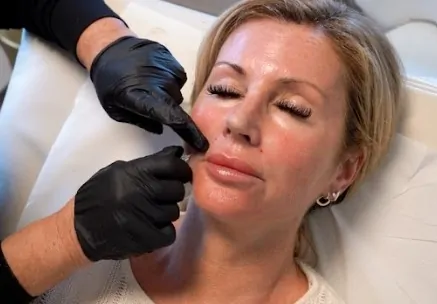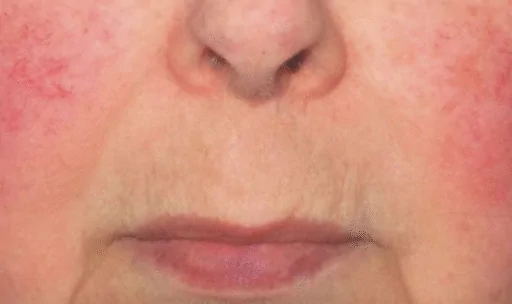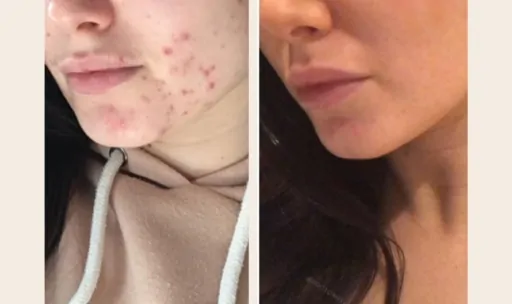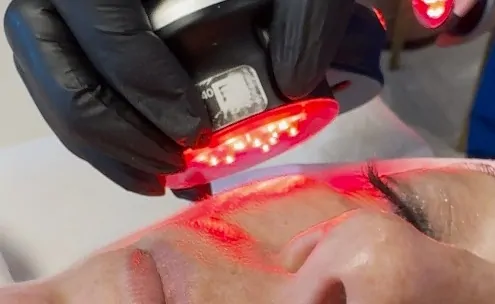Acne Scar Treatments
Treatments include:
-
Dermal fillers (atrophic scars)
-
Mesotherapy
-
Profhilo
-
Universkin

Book a Free Consultation
Begin Your Bespoke Aesthetic Journey With Dr Nyla Medispa
What Our Patients Say
Rated Excellent – based on 400+ Reviews
About Acne Scars
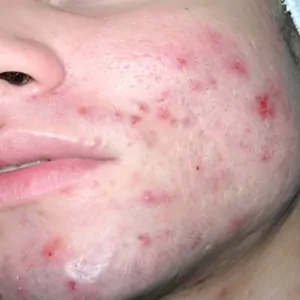
It is important to know that acne does not always result in scarring, and there are measures you can take to help minimise the risk of scarring.
Acne scars will typically appear when the initial acne penetrates the tissue beneath the skin causing excess damage. As the body repairs the wound it uses collagen to knit the skin back together, however as collagen differs in both tone and texture than the skin, this can cause a visible difference in the appearance of the skin that surrounds the affected area.
Acne scars are usually categorised in two main ways – atrophic (depressions in the skin) or hypertrophic (raised from the surface of the skin). Atrophic scarring most often affects the face, and occurs when insufficient collagen is produced during the healing process.
Atrophic acne scars are recognised as rolling scars which give an uneven rippled appearance, or as pock marks which look like oval ‘holes’ that vary in size. There are many other names that can be used to describe acne scars, such as; indents, boxcar scars or pick scars.
When acne scars affect the chest and back, these are more often hypertrophic scars as directly opposite to atrophic scars, these are due to excess collagen production during healing.
Here at Dr Nyla Medispa clinic, we believe that prevention is better than cure – and would advise that if you suffer acne, you should refrain from picking the area so as to lessen any potential damage to the skin.
If you are looking to treat acne scarring, we have a number of expert led treatments to help smooth the affected area and give you back a more even texture and tone to your skin.


